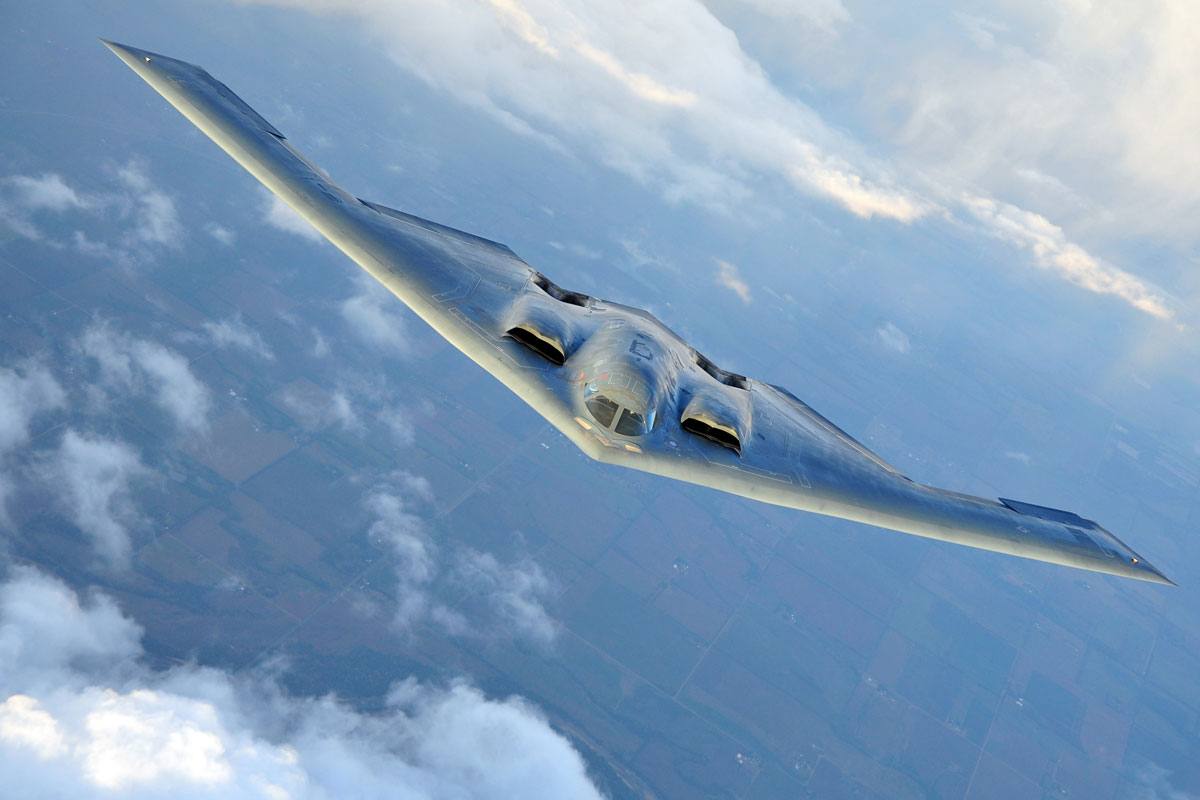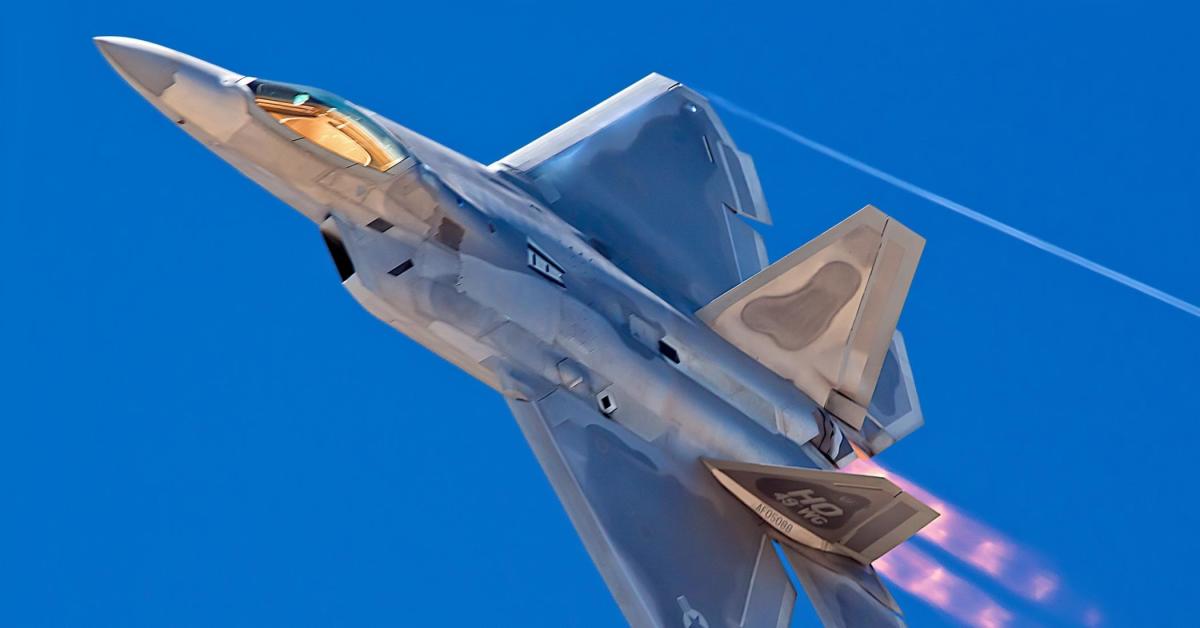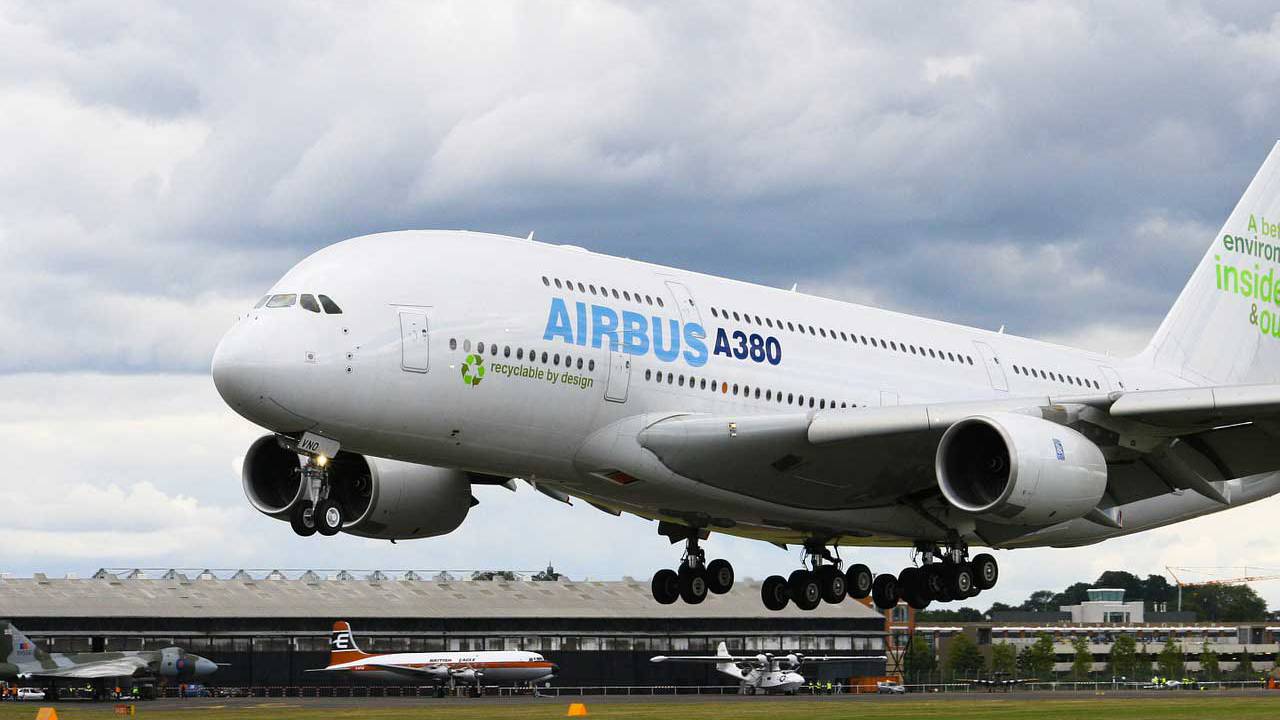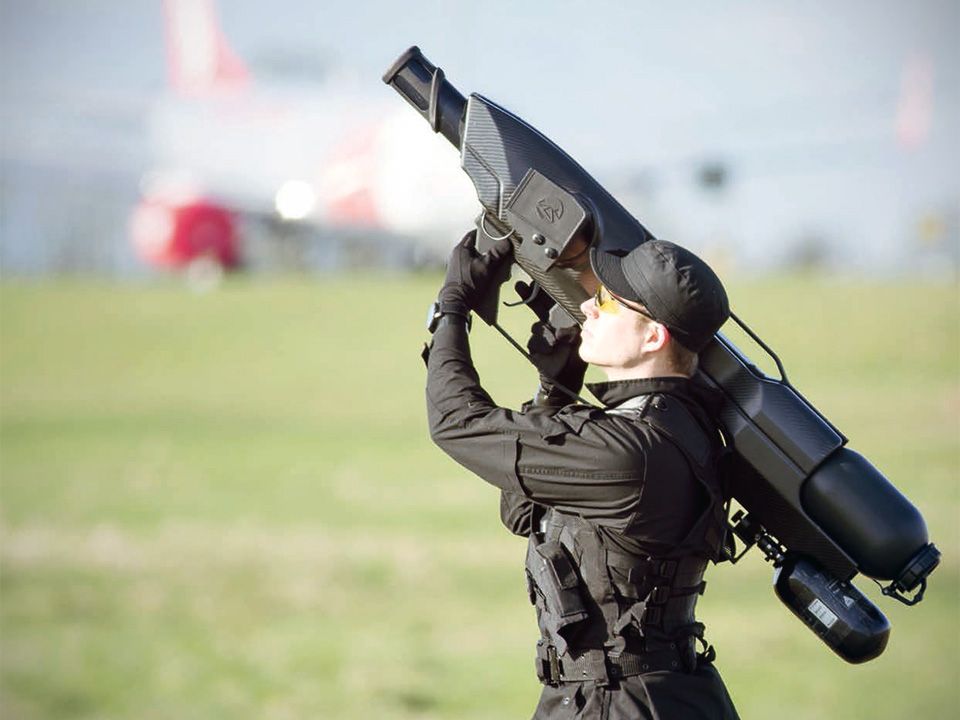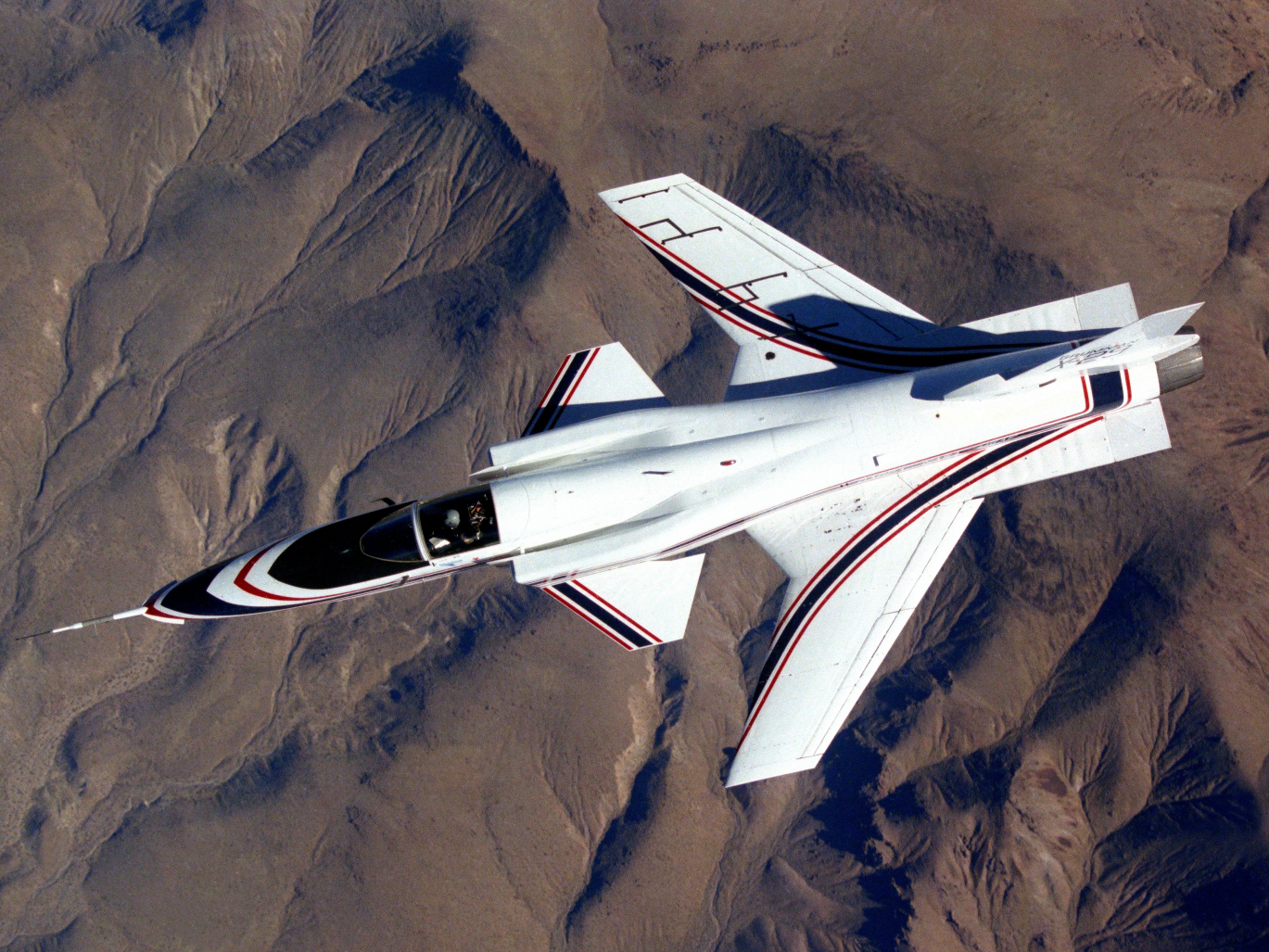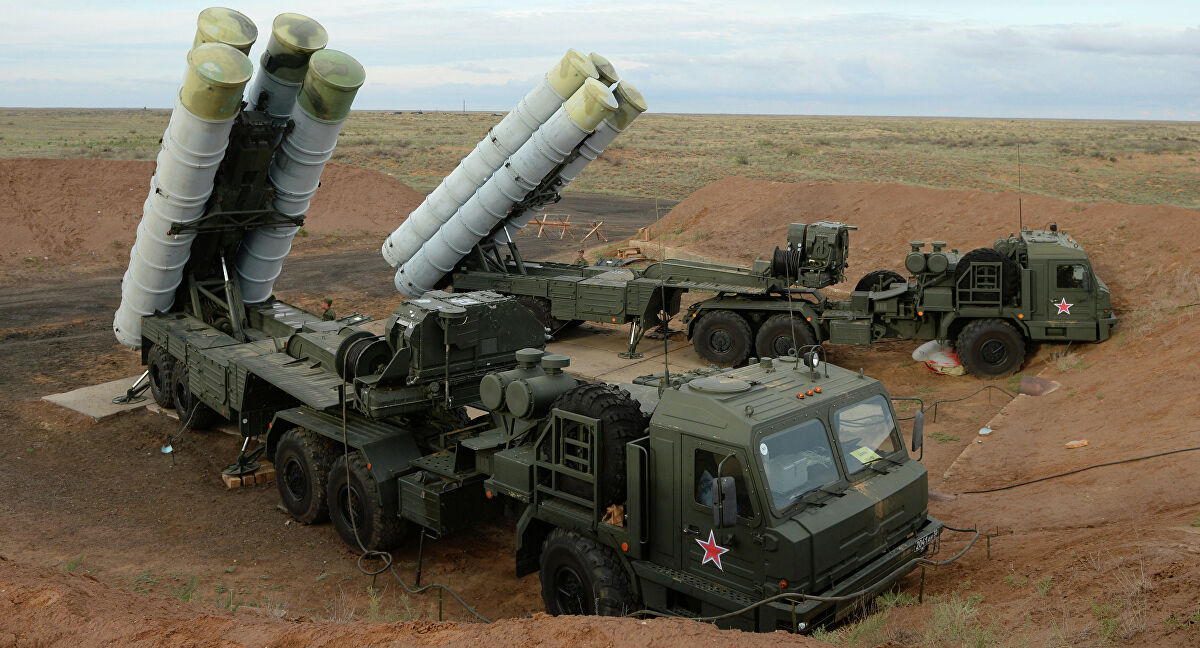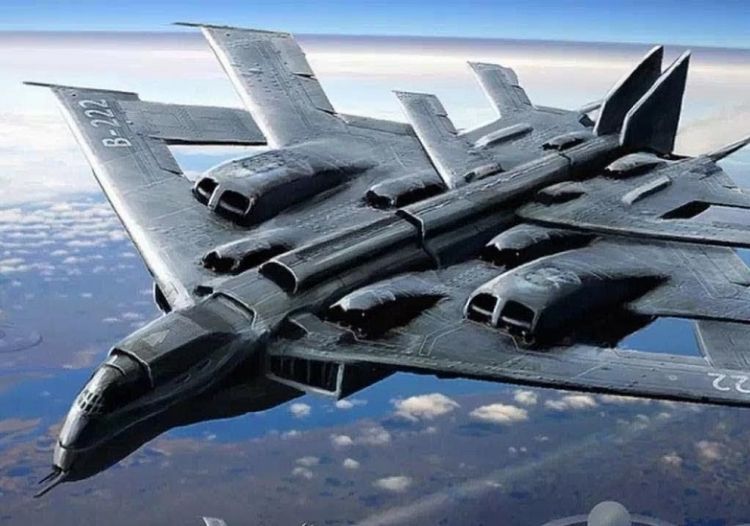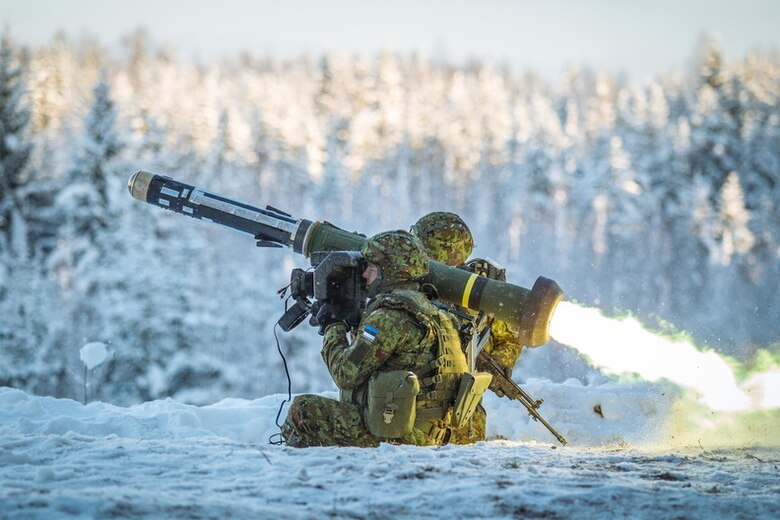An atomic bomb uses either uranium or plutonium and relies on fission, a nuclear reaction in which a nucleus or an atom breaks apart into two pieces. ... The hydrogen bomb relies on fusion, the process of taking two separate atoms and putting them together to form a third atom...
What’s the difference between hydrogen bombs and atomic bombs?
Simply speaking, experts say a hydrogen bomb is the more advanced version of an atomic bomb. “You have to master the A-bomb first,” Hall said.
An atomic bomb uses either uranium or plutonium and relies on fission, a nuclear reaction in which a nucleus or an atom breaks apart into two pieces. To make a hydrogen bomb, one would still need uranium or plutonium as well as two other isotopes of hydrogen, called deuterium and tritium. The hydrogen bomb relies on fusion, the process of taking two separate atoms and putting them together to form a third atom.
“The way the hydrogen bomb works — it’s really a combination of fission and fusion together,” said Eric Norman, who also teaches nuclear engineering at UC Berkeley.
In both cases, a significant amount of energy is released, which drives the explosion, experts say. However, more energy is released during the fusion process, which causes a bigger blast. “The extra yield is going to give you more bang,” Morse said.
Morse said the atomic bombs dropped on Japan were each equivalent to just about 10,000 kilotons of TNT. “Those were the little guys,” Morse said. “Those were small bombs, and they were bad enough.” Hydrogen bombs, he said, would result in a yield of about 100,000 kilotons of TNT, up to several million kilotons of TNT, which would mean more deaths.
Hydrogen bombs are also harder to produce but lighter in weight, meaning they could travel farther on top of a missile, according to experts.
What are the similarities between hydrogen bombs and atomic bombs?
Both bombs are extremely lethal and have the power to kill people within seconds, as well as hours later due to radiation. Blasts from both bombs would also instantly burn wood structures to the ground, topple big buildings and render roads unusable.
LIFE magazine described such devastation in an article published on March 11, 1946, on the aftermath of the atomic bombs dropped on Japan. The piece read: “In the following waves [after the initial blast] people’s bodies were terribly squeezed, then their internal organs ruptured. Then the blast blew the broken bodies at 500 to 1,000 miles per hour through the flaming, rubble-filled air. Practically everybody within a radius of 6,500 feet was killed or seriously injured and all buildings crushed or disemboweled.”


